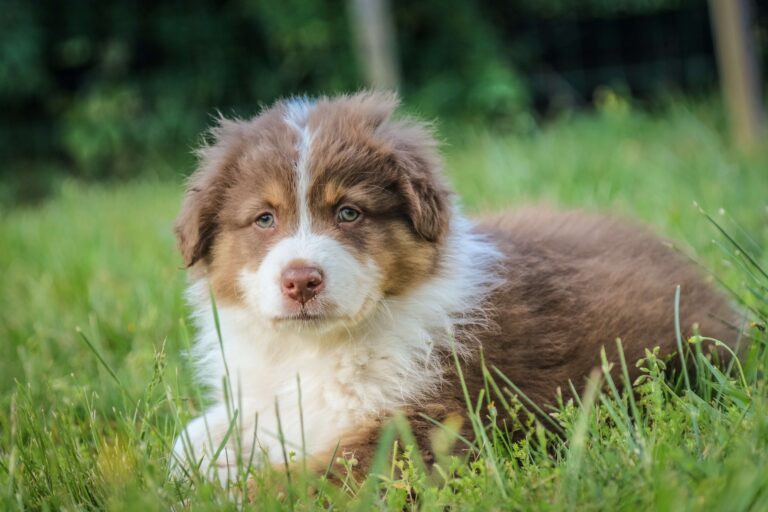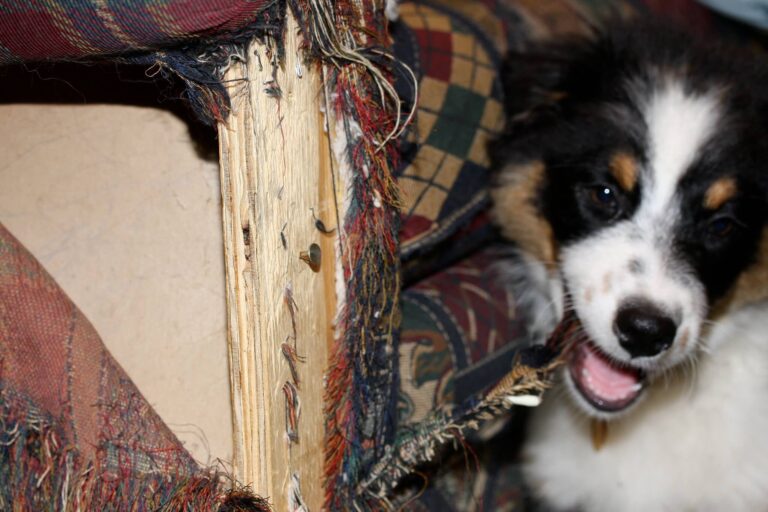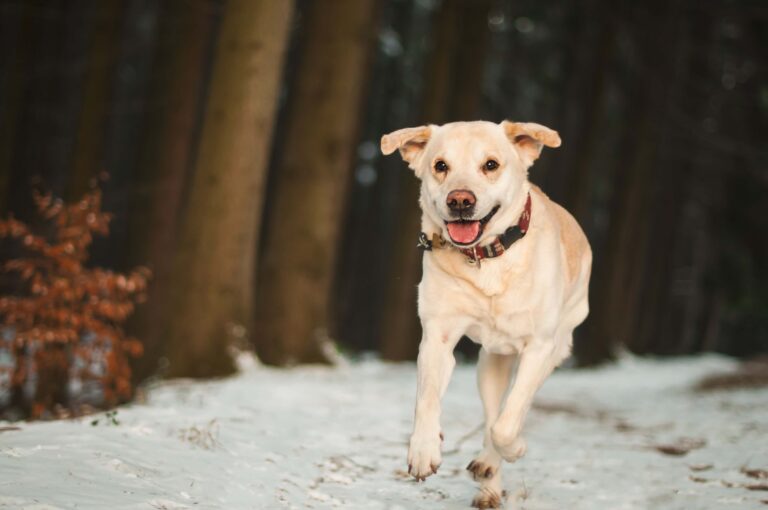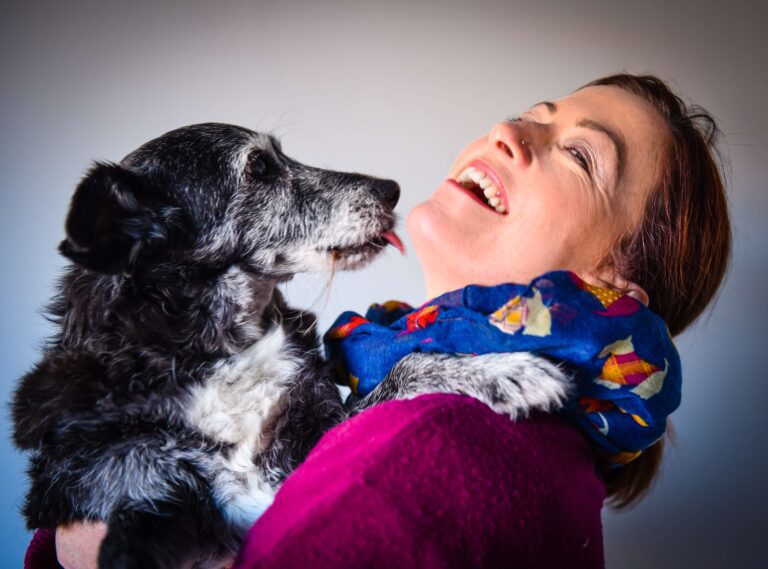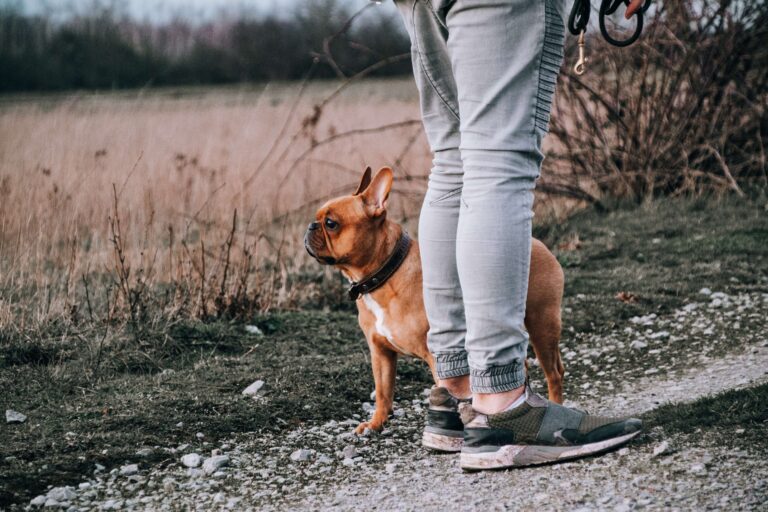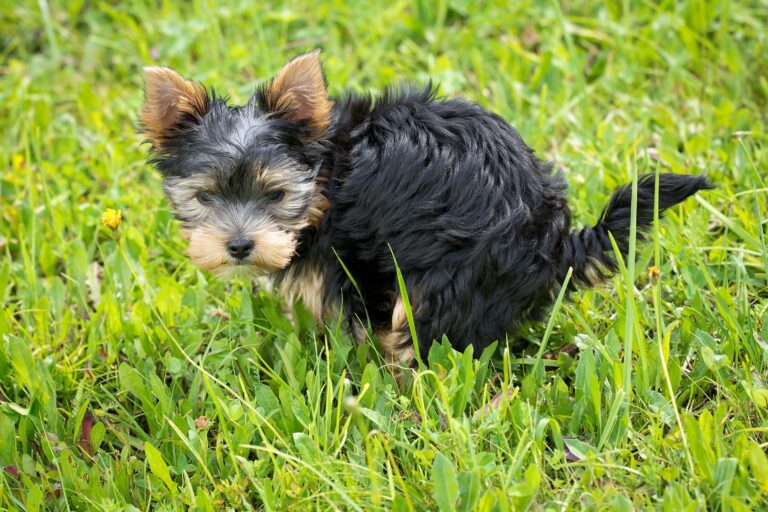How to Get Your Dog to Use the Bathroom Outside
Every dog owner dreads the potty training stage. Dogs do not understand that they are not allowed to toilet indoors, so it is up to you to show them where it is acceptable. Toilet training should be complete until your dog is six months old, as it never has an accident indoors. You should expect the occasional mishap during the first year.
Tip 1: Understanding Your Dog’s Potty Training Needs
The key to successful potty training for your dog starts with understanding their unique needs. This involves considering their age, breed, and behavior patterns. For instance, younger dogs, such as puppies, require more frequent potty breaks due to their smaller bladders. Similarly, smaller breeds may find it difficult to hold it for extended periods. To aid in the potty training process, it’s essential to be tuned to your dog’s potty signals, such as sniffing, circling, or whining, as these indicate when it’s time for them to go outside.
Tip 2: Start Immediately
Take them straight into the yard as soon as you get home with your dog, whether a puppy or an older dog. It is instinctive for dogs to explore and mark their territory. Start a short fetch or chase around the yard to encourage their bowels to move.
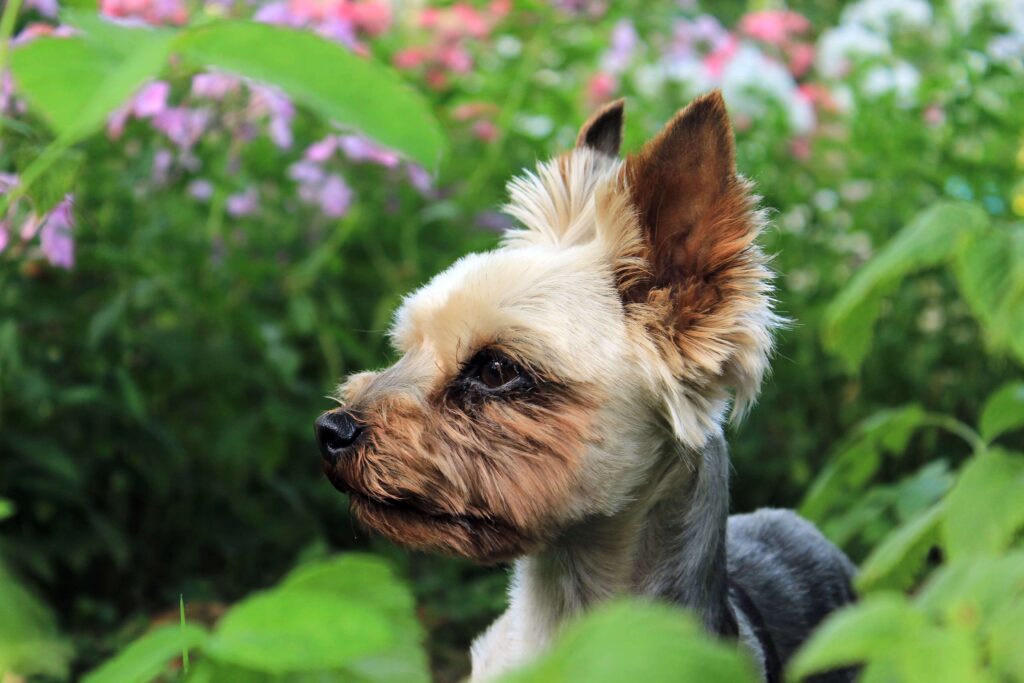
Praise them and give lots of praise when they go so they know they did a good thing. This positive reinforcement is a crucial part of making toilet training a success.
Tip 3: Establish A Routine
Dogs love routine, and their bodies naturally recognize patterns. It would be best if you took your dog out to the toilet using the following:
- As soon as they wake in the morning
- After breakfast
- After any play session or training
- After their lunchtime meal
- After naps
- After their last meal
- Just before bed
- Every time they leave their crate (if you are crate training)
Puppies and small breed dogs have small bladders and cannot be expected to hold their urge to go for more than 3 or 4 hours. If you know you will not be home, arrange for a family member, friend, or neighbor to pop by to let your dog out for the toilet.
Tip 4: Supervising Your Dog during Potty Breaks
During potty breaks, it’s important to supervise your dog closely. Use a leash to prevent distractions and keep them focused on the task. Encourage your dog to use the designated potty area using positive reinforcement techniques, such as praise and treats.
Tip 5: Positive Reinforcement Techniques
Using positive reinforcement is an efficient way to potty train your dog. Reinforce good behavior by showing appreciation and rewarding your dog with treats and affection every time they use the bathroom outside. This reinforces the behavior and encourages repetition in the future.
Tip 6: Stay Calm
Never shout at your dog for having an accident indoors. This will only make them nervous about toileting, and they may start looking for hiding places instead. If your dog is having accidents regularly, increase the number of times they have access to the outdoors.
Tip 7: Wait 5 Minutes

This tip is more for male dogs. Female dogs tend to squat and let most of their bladder empty, but male dogs will do lots of little wees to mark over unusual scents or the pee of other dogs. When you let your dog out to go potty, don’t bring him in after his first wee. Stay out 5 minutes to see if he needs to go again. Encourage him to explore the yard a little, as sniffing can trigger the urge to urinate.
Tip 8: Dealing with Accidents
Accidents are bound to happen during potty training, but it’s important not to get frustrated. Clean up accidents with appropriate cleaning products, and instead of punishing your dog, focus on positive reinforcement for using the bathroom outside. This will help prevent future accidents and motivate your dog to continue its good behavior.
Tip 9: Overcoming Common Potty Training Challenges
Some dogs may experience challenges during potty training, such as submissive urination or fear or anxiety about using the bathroom outside. If your dog is experiencing any of these issues, it’s important to seek professional help from a dog trainer or veterinarian. You can modify your training techniques with their guidance to overcome these challenges.
Tip 10: Potty Training Older Dogs
Potty training older dogs can present unique challenges, but it is still possible. Be patient, understand their age, and modify your training techniques. Older dogs may need more frequent potty breaks and may take longer to learn new habits, but they can learn to use the bathroom outside with consistency and patience.
Tip 11: Introducing Your Dog to Different Potty Surfaces
If your dog uses different surfaces for potty breaks, such as grass, gravel, or cement, gradually introducing them to these surfaces is important. This will help them become comfortable with the different textures and avoid accidents.
Tip 12: Make It Fun
Instead of simply letting your dog out to the toilet and back in when he is done, go out with him. Let him have a wee first, then encourage a game so your dog focuses on you and finds value in your attention. Stop after 5 minutes to give him a chance to go again, then shower him with praise and a treat. If your puppy recognizes that he gets treatment and playtime for peeing outdoors, his toilet training will be more effective.
Tip 13: Staying Consistent
Potty training may take some time, but maintaining consistency is critical for success. Adhere to a consistent schedule, use positive reinforcement techniques, and be patient. With persistence and perseverance, your dog will eventually learn to use the bathroom outside, resulting in a well-trained and content companion.
Conclusion
In conclusion, potty training your dog takes patience, consistency, and an understanding of its needs. With the right tools and techniques, you can successfully teach your dog to use the bathroom outside and avoid accidents in the house. Always use positive reinforcement and be patient; your dog will be well on their way to being potty trained in no time.
You may also like
How to Potty Train a Puppy in 7 Steps
5 Foods to NEVER Feed Your Dog


